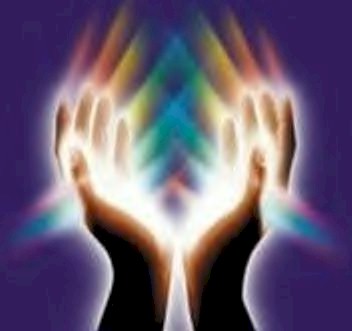By James Brickman
The name of the Chinese feng shui compass Lo Pan consists of two words – Lo (“all”) and Pan (“bowl”).
The Lo Pan compass reflects all of the earth’s circles and lines, and is used to obtain information about the landscape surrounding someone’s home and office, as well as to draw up detailed geomantic tables.
Lo Pan is made up of circles, the number of which can reach 36 in some cases. Each circle is used to study a particular aspect of feng shui. There are 3 types of Lo Pans: the San He School, San Yuan School and Zong He School (combined compass).
Any feng shui compass has a Heaven Pond circle with a sensitive hand in its center. The Heaven Pond is surrounded by the Early Heaven Bagua circle with protective properties. The rest are the circles with ancient feng shui formulas. All this is placed in a red square. The larger the compass, the more accurate the data is. The accuracy is very important if you use formulas where the difference of 1-2 degrees could change the whole feng shui.
Following are the requirements for a quality compass: The disk with formulas and the Heaven Pond should rotate smoothly. The crossing of the red threads must be directly above the needle. If you align the last disk to 0 degrees from one side of the thread, the opposite side of the thread should point to 180 degrees. If all of these requirements are met, then it’s a high-quality Lo Pan.
In feng shui, there are two main directions – the Form School and Compass School.
The Form School takes into account the landscape that surrounds a home, as a manifestation of four animals. A large black turtle (a mountain) is behind the building. A green dragon (mountains or tall trees) is on the left (if you stand with your back to the door). A white tiger (low trees) is on the right. A red phoenix (a stream or river) is in front of the house. The Form School for interior is based on comfort and security. For example, this school teaches us not to sit with our backs against a door, because we don’t see who is outside, which may pose a potential threat.
The Compass School is divided into two schools: the San He School (3 harmonies), and San Yuan School (3 periods). The San He School (3 harmonies – heaven, human and earth) believes that feng shui is always either good or bad. The San Yuan School (3 periods) takes into account the time and believes that feng shui of a home varies from period to period. The circles on the Lo Pan compasses of these two schools differ from each other, but both have a circle of “24 mountains”. Any feng shui compass divides each of the 8 directions (4 main and 4 intermediate) into three sectors, which make a total of 24 directions.
The Feng Shui practice often requires the use both compasses, so there is a combined Lo Pan that combines the formulas of both schools. Since it is impossible to accommodate all of the formulas on the same disk, they take only the most frequently used formulas.
About the Author: James Brickman runs http://www.fengshuicrazy.com which teaches the ancient art of feng shui. Please visit his website to learn more about the feng shui compass.
Source: www.isnare.com
Permanent Link: http://www.isnare.com/?aid=541260&ca=Advice
Follow this link: The Ancient Feng Shui Compass Lo Pan







Leave Your Response